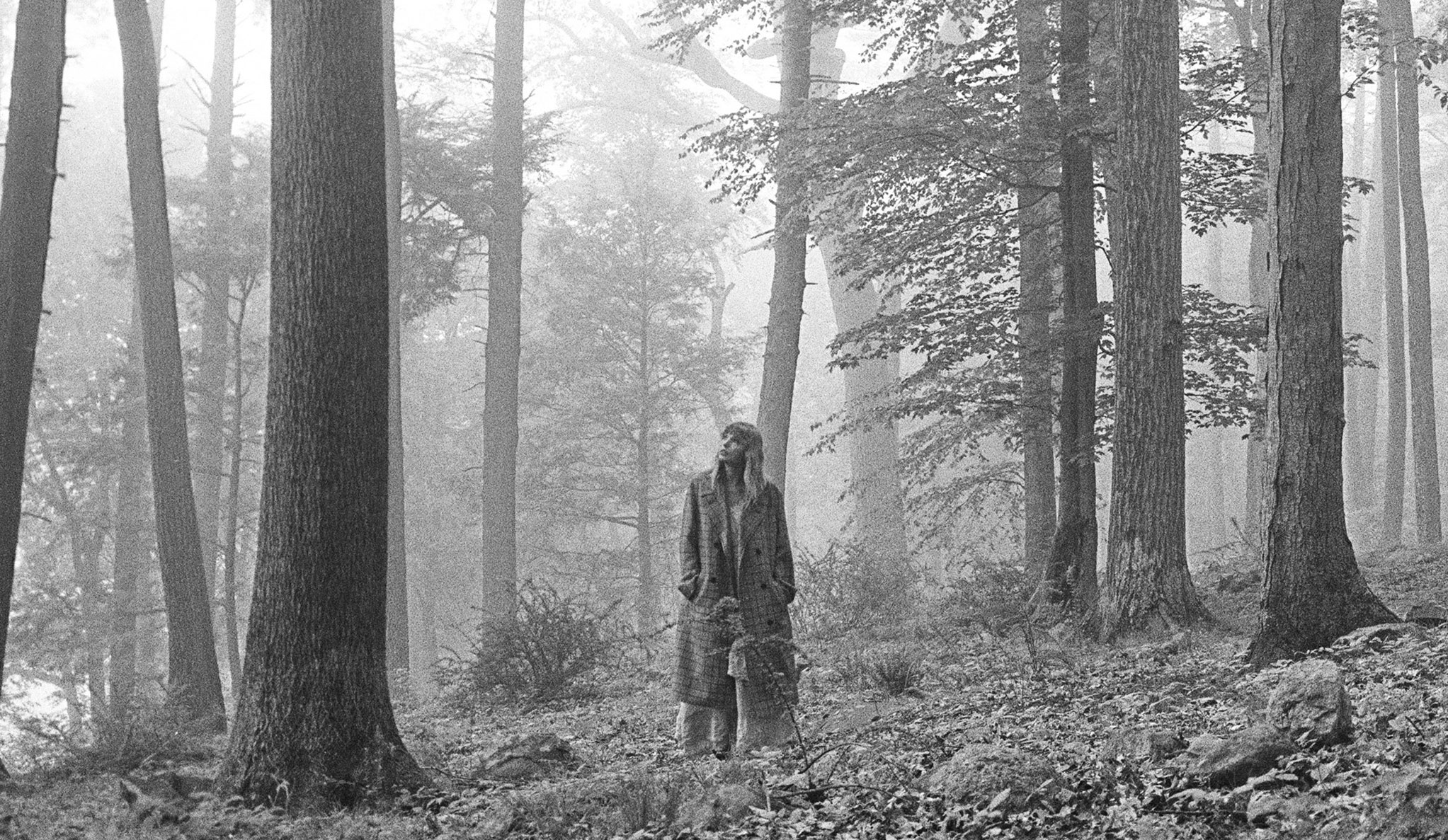Imagery is one of the most commonly used songwriting devices, but it can be difficult to get it right. Sometimes using a simile (ex. “My love is like the rain.”) or a metaphor (ex. “My love is the rain.”) can have the effect that imagery can. Imagery is mainly used to paint the scene of a song.
Taylor Swift uses imagery in her song “cardigan” not only so we can envision her story, but to feel the sentiments associated with those images. The result is that the imagery has the listener travel between the emotions of the past and the present.
Listen to the song here and read the full lyrics here.
Song Sections
The sections in this song are mostly unclear, with little hints:
There is a tagline in every Verse (“When you are young, they assume you know nothing”) with the exception of the last Chorus.
The title of the song “cardigan” could be assumed as the Post-Chorus, and therefore the Chorus could be the section that comes right before that (the sections that start with “I knew you”). The Chorus also starts higher.
The Bridge might be the long section at the end of the song, before the last “cardigan” line.
Because the sections are fluid and not what listeners are used to, the imagery is important to understand the song. As this song is from the point of view of the character speaking of a time in the past, it is important to be able to draw the distinctions between the younger and older character.
Showing vs. Telling
This song uses imagery to draw a line: almost every single image ends up describing the younger character, giving the listener a sense of reminisce and fondness. The lines without imagery speak as the older character, like a commentary on the past.
Listen to the first Verse of the song:
Vintage tee, brand new phone
High heels on cobblestones
When you are young, they assume you know nothing
Swift chooses her images carefully here, not necessarily using full sentences. By presenting the images this way, the listener is compelled to perceive the images within that mood. She uses the images to play on assumptions and let the listener use their own associations to understand the emotion at play.
Swift also chooses precise adjectives or descriptions like “vintage tee” and “brand new phone”. The opposites speak to the time frame of this common trend of wearing vintage clothing while using new phones. The naïve action of “high heels on cobblestones” speaks to the age range of the character, which is immediately reinforced by the tagline of the verse: “When you are young, they assume you know nothing.”
See how the tagline comments on the imagery, but is clearly being said by the older version of the character, looking back?
Let’s look at the Chorus, which includes images we associate with being younger and carefree:
But I knew you
Dancing in your Levi’s
Drunk under a streetlight, I
I knew you
Hand under my sweatshirt
Baby kiss it better, right
In her second Verse, she forgoes the imagery altogether, creating a sense of wisdom from the older character:
A friend to all is a friend to none
Chase two girls, lose the one
When you are young, they assume you know nothing
She travels between the older and younger character in the Post-Chorus:
And when I felt like an old cardigan
Under someone’s bed
You put me on and said I was your favourite
By using “old” to describe the cardigan, we understand when the character might have been literally growing older and growing out of the relationship. It is the showing of the “old cardigan” that helps us understand how the character felt, as well as the justification for staying in the doomed relationship. It is the telling where the current, older characters tells us, “You said I was your favourite,” and we can recognize how the manipulation happened.
The distinction blurs in the Bridge:
But I knew you’d linger like a tattoo kiss
I knew you’d haunt all of my what-ifs
The smell of smoke would hang around this long
‘Cause I knew everything when I was young
I knew I’d curse you for the longest time
Chasing shadows in the grocery line
I knew you’d miss me once the thrill expired
And you’d be standing in my front porch light
And I knew you’d come back to me
You’d come back to me
And you’d come back to me
And you’d come back
This is the part of the song where the listener really comprehends why the character is singing the song at all. By describing how this love has lingered with the “tattoo kiss”, “the smell of smoke” and “chasing shadows in the grocery line”, it is clear the character has a part of them that still misses this past part of the relationship.
At the end of the bridge, Swift tells in her lines: “I knew you’d come back to me.” This part of the song really links the past and present together, recounting how the character felt back then and hinting how they still might feel this way. The music behind it is dreamy and fanciful, speaking to dreams of their lover coming back.
Imagery
Imagery is used in many different ways, from letting the listener have a vivid picture of the scene to understanding an emotion through a described image. This unique approach of using imagery to travel through past and present is a great writing device that anyone could use to increase the depth of their story. In “cardigan”, it allows the listener to feel the longing of a past relationship, as well as the way it haunts in the present.


6 Comments